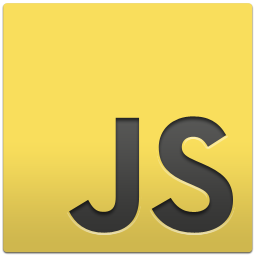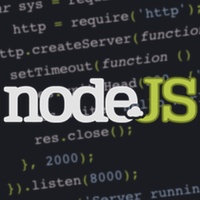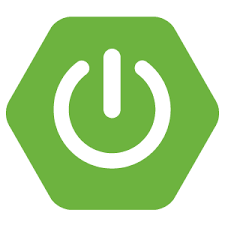In the previous post I stopped at building the column chart using FusionCharts library. In this post I am going to show you how to beautify the chart by changing its appearance namely background, border, canvas background, canvas border and data plot appearance. If you are coming to this post directly then I would recommend …
Node.js : Column Chart using FusionCharts with MongoDB
This tutorial explains one of the leading charting library FusionCharts and how to create a column chart using the FusionCharts. Understanding and analyzing data in the form of numbers is always difficult. But when the same is represented visually things become easier to understand and make sense very quickly. Ìn this post I am going to …
Spring Boot : Integration Testing REST API in Spring Boot
This tutorial explains how to write the integration testing REST API in Spring Boot. This tutorial uses the examples written in the previous tutorial. This tutorial intends to create the automated testing using JUnit and runs with Spring Boot application. This tutorial assumes the reader has enough already knowledge on the Spring REST web services. If …
Spring Boot : RESTful API using Spring Boot and MongoDB
This tutorial explains how to implement RESTful web service using SpringBoot and MongoDB. This tutorials uses already implemented REST services using Node.js and ExpressJS frameworks. Here the same examples tested with SpringBoot. The following are the frameworks used in this tutorial for running the given example. If you are very much interested in learning the …
Node.js : Modularizing Express.js and Node.js Applications
This tutorial explains how to modullarizing Node.js and Express.js applications. I am using the existing code from my previous post and explaining how to write a modular Node.js applications. When it comes to writing the modular Node.js applications, there isn’t any one better way to write the modular applications. It comes through your experience and …
Node.js : Packaging and Deploying Node.js Applications [COMPLETE GUIDE]
In this tutorial I am going to explain you how to use the Node Package Manager (NPM) to package and deploy your own Node.js application. I assume that you have already installed the Node.js and NPM in your local system to run this example. Simple Steps to Install Node.js and NPM on Windows In my previous …
Express.js + Bootstrap : Web Application Development Tutorial
In the last few posts we saw about created REST API, Authenticating with Twitter using Express.js. In this post lets see how we can create Web Applications by making use of Bootstrap CSS Framework with Express.js. If you are interested in learning Bootstrap framework, please read our extensive tutorials on bootstrap CSS framework. Also read …
HOW TO : SignIn with Twitter using Node.js and Express.js
In my previous posts, I have explained about few of the topics on NodeJS web application framework ExpressJS. Please read the topics: REST using ExpressJS, Working with MongooseJS and CRUD operations using MongoDB and NodeJS. This post uses various combination on frameworks and shows you how to SignIn with Twitter using Node.js and Express.js frameworks. Accessing the social …



